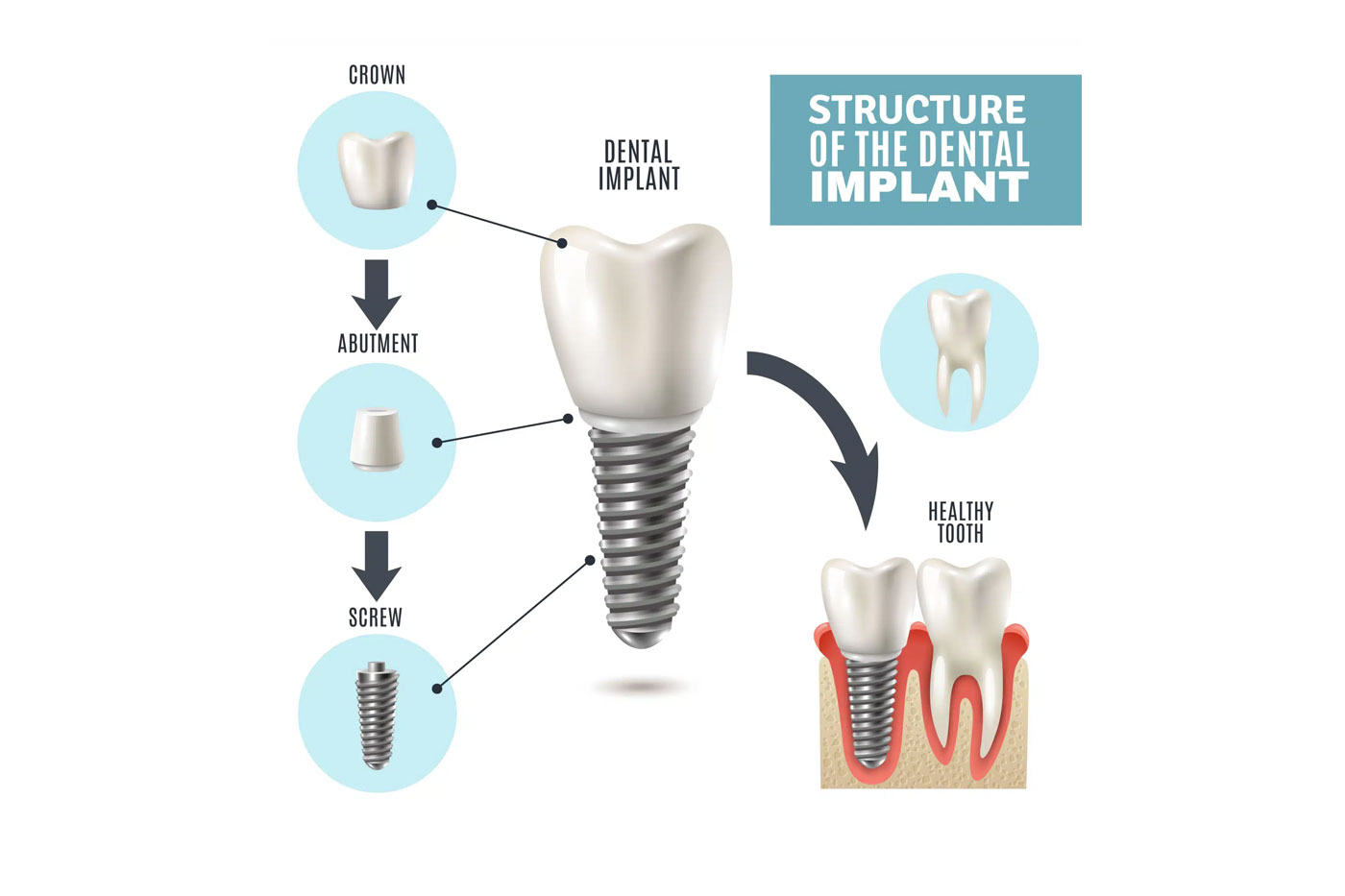
Which option is best: Dental crowns or Bridges?
The best option between dental crowns and bridges depends on your individual needs and the condition of your teeth. Here are some factors to consider when deciding between the two:
- Damaged teeth: If you have a tooth that is damaged, decayed, or has undergone root canal therapy, a dental crown may be the best option. Crowns can restore the damaged tooth’s shape, size, and strength, providing protection and support.
- Missing teeth: If you have one or more missing teeth and there are healthy teeth on either side of the gap, a dental bridge may be the best option. Bridges use the adjacent teeth as anchors to support the prosthetic tooth or teeth, filling in the gap and restoring function and appearance.
- Tooth structure: The amount of healthy tooth structure remaining plays a role in determining the best option. If a tooth has significant damage or decay, a crown may be necessary to provide enough support. If the adjacent teeth are healthy and robust, they can support a bridge.
- Aesthetics: Both crowns and bridges can be made to match the color, shape, and appearance of your natural teeth. However, if the appearance of the damaged tooth or missing teeth is a concern, a crown may be a better option as it covers the entire tooth, while a bridge relies on adjacent teeth for support.
- Long-term maintenance: Both crowns and bridges require regular oral hygiene practices and maintenance. It’s important to keep the area around the crown or bridge clean to prevent decay and gum disease. Your dentist will provide instructions on how to care for and maintain your restoration.
Ultimately, the best option for you will depend on the specific condition of your teeth, the number of missing teeth, and your personal preferences. Your dentist will evaluate your oral health, discuss your treatment goals, and recommend the most suitable option.
